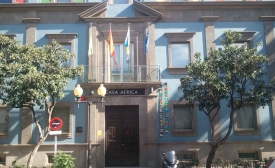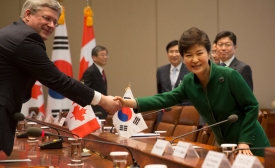nation branding

This new article by three U.K. sports scholars evaluates and assesses how and why governments are leveraging sports mega-events, including the 2012 London Olympics; the 2014 FIFA World Cup, Brazil; and the forthcoming 2016 Rio de Janeiro Olympics, to bolster their nation-brand and foreign policy strategies.
“Luxembourg is famous for two things: its steel industry and its rose cultivation industry.”
This was how an Italian tourist guide from the 1930s summarised the Luxembourg economy.
Pierre Gramegna, the Minister of Finance highlighted this quaint observation in a recent speech to illustrate the difficulties the country faces in its on-going nation-branding exercise.
Not only does little Luxembourg face difficulties getting its voice heard, but the message it wants to communicate keeps changing.
MUMBAI: WPP, Lazard and Richard Attias & Associates (a WPP affiliate) have formed a joint initiative to create nation branding programs through the organization of international economic conferences. This initiative brings together Lazard, the leader in financial advisory to governments, WPP, the leader in communications services, and its affiliate Richard Attias & Associates, a strategic communications and nation branding consultancy.
With the Luxembourg nation branding project fully underway, a panel discussion on Thursday evening showed that while the project is a chance for the country to define its own image, many questions remain yet to be answered. Hosted by the American Chamber of Commerce in Luxembourg, the nation branding event saw Tom Theves of the Economy Ministry give an update on the process so far, which has involved a survey, workshops and an online forum open to everyone to help define the values that Luxembourg wants to portray. First

This article explores the history, functionality, achievements and challenges of Spain’s Casas network in order to assess its role as an instrument of public diplomacy.

This article compares two middle powers, Canada and South Korea, to assess their changing role and relevance on the global stage.
This video takes viewers inside the 2015 Milan World Expo, an extravagant feast for the eyes, the palate and the planet.







